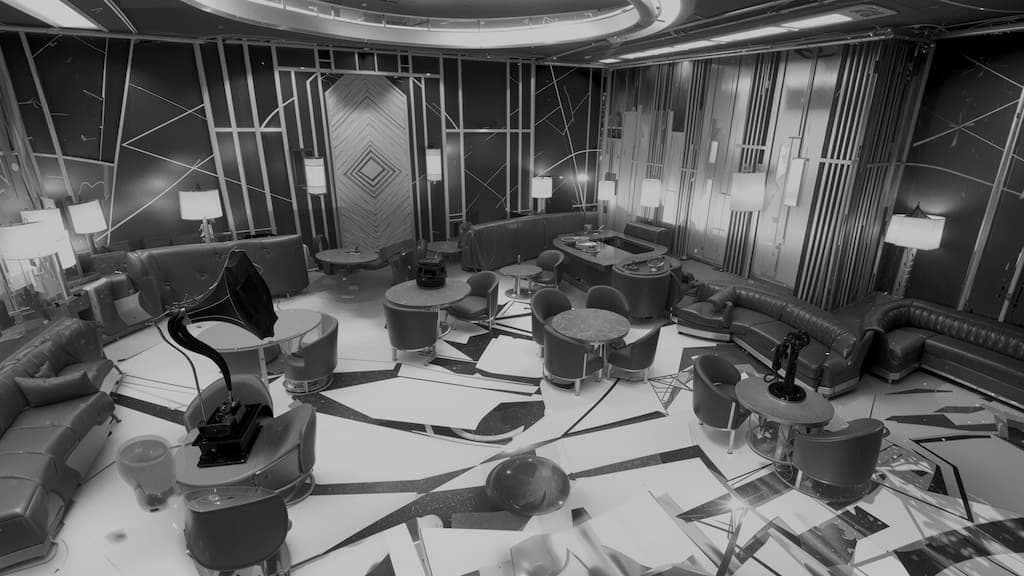Sep 16, 2025Integrating spatial generation, AI-driven modeling, and Unreal Engine to streamline 3D world production from concept art to gameplay.
Gaussian Mansion: Creating Playable Worlds with Marble
Overview
Spanish video game developer José Tijerín set out to explore how Marble’s world models and spatial intelligence could transform 2D concept art into fully realized 3D environments — without complex modeling or large production pipelines.
Using Marble, José created a cinematic rail shooter game inside Unreal Engine 5, demonstrating how world models can serve as powerful creative partners for game developers. His goal was to bridge the gap between artistic vision and technical execution, showing that next-generation spatial tools can extend, not replace, human creativity.
Play the full game here: Gaussian Mansion
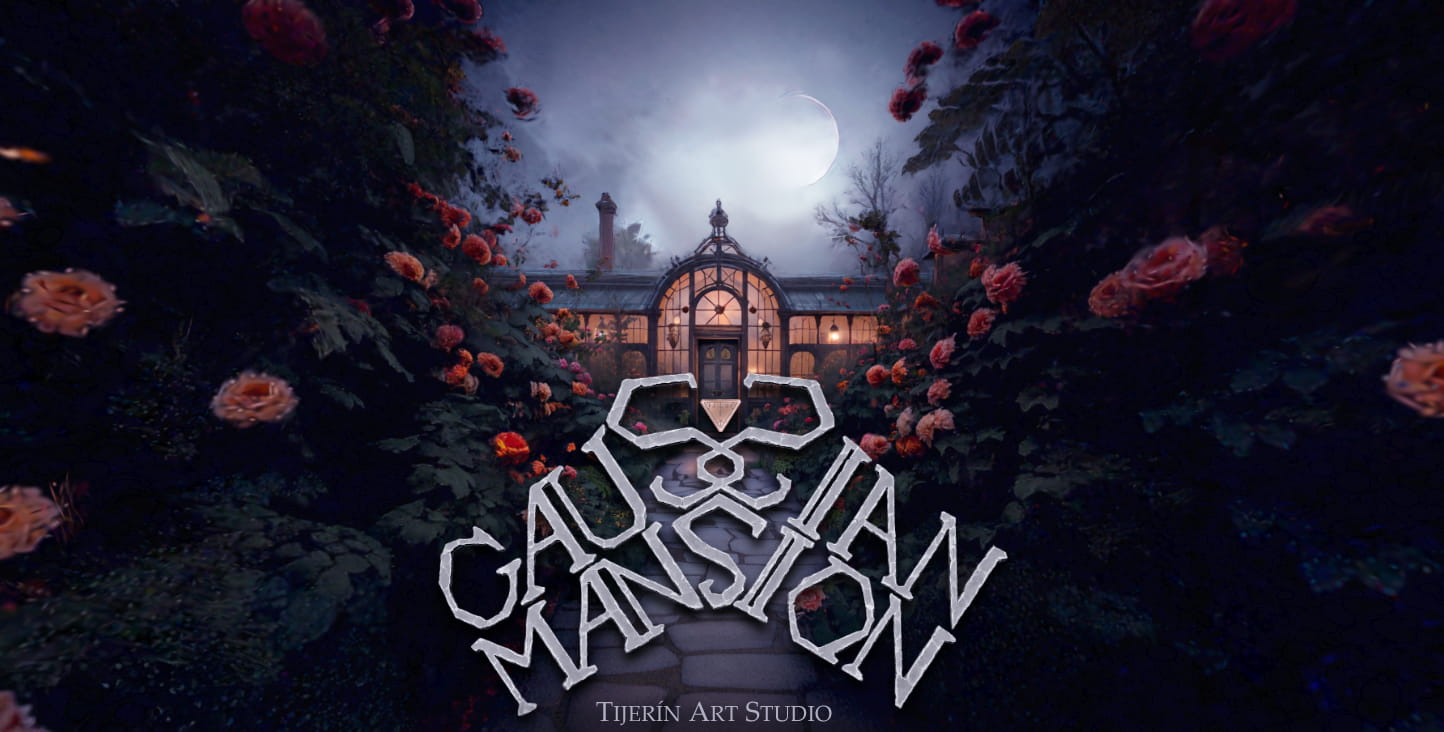
Reimagining the Creative Process
For many studios, translating concept sketches into playable 3D spaces is a major bottleneck — one that typically requires dedicated modeling, texturing, and lighting teams.
José saw Marble as a way to shorten that distance, allowing concept artists to step directly into their own sketches.
Working from both 2D illustrations and 360° panoramic versions, he used Marble’s world models to generate coherent, navigable environments. These were later stitched together using the Marble Studio tool, creating a sense of spatial continuity that preserved the original painterly aesthetic while enabling cinematic movement inside Unreal.
The goal was to show that a system like Marble could be integrated into an interactive project without losing the human touch.
José Tijerín
This experiment revealed how spatial generation can serve as a creative medium — not just a production shortcut — by allowing developers to visualize narrative environments early and iterate on atmosphere, pacing, and composition before committing to full asset development.
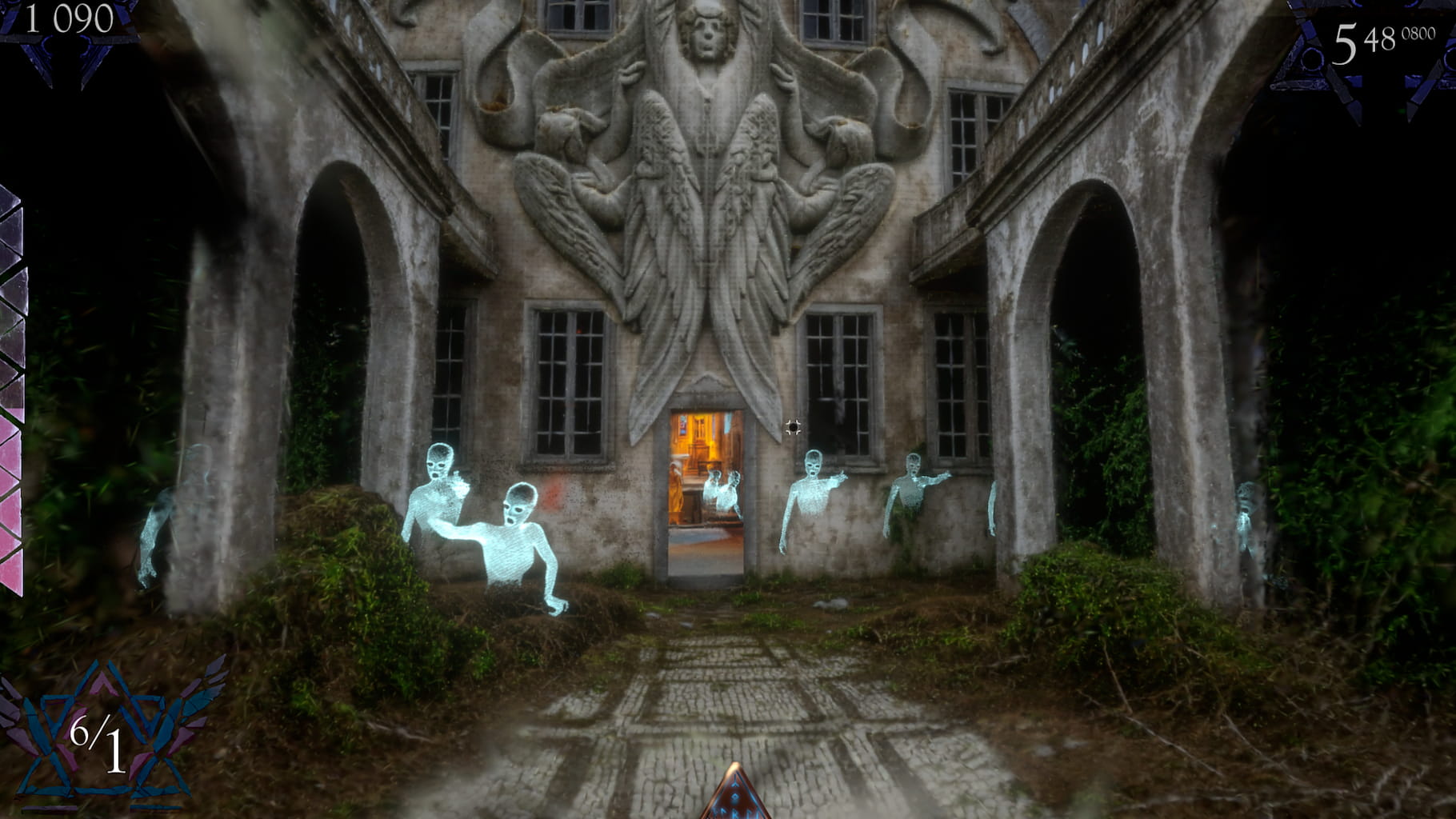
Technical Workflow
The production pipeline was built around Marble, Unreal Engine 5, and a series of complementary tools including Microsoft TRELLIS and Akiya’s 3D Gaussians Plugin.
Workflow Summary
- Concept sketches or 360° panoramas were enhanced through Nano Banana for higher-fidelity lighting and texture cues.
- These images were processed in Marble to generate detailed 3D environments, exported in
.PLYformat. - The results were composited in the Marble Studio tool to join multiple Gaussian scenes into a continuous space.
- The stitched environments were imported into Unreal Engine 5, where camera paths, lighting, and interactive sequences were refined.
- To ensure performance and quality, José balanced particle density and scene modularity. Custom adjustments minimized visual overlap and optimized render efficiency, allowing the scenes to maintain depth and atmosphere even within Unreal’s demanding runtime environment.
Despite common challenges such as transparency handling, material definition, and artifact management, Marble’s spatial generation allowed José to iterate quickly — testing multiple compositions, refining depth, and experimenting with cinematic flow without manually modeling each asset.
Creative Outcomes
Marble’s world models became more than a workflow accelerator — they reshaped the creative rhythm of the project.
José used the platform as both a visual ideation tool and a narrative prototyping engine, enabling him to experiment with level design, pacing, and storytelling structure at a speed that traditional pipelines can’t match.
The final experience is a visually striking Unreal Engine demo that merges the emotional tone of concept art with the immersion of explorable 3D worlds.
By connecting sketches, lighting, and geometry into one coherent process, Marble demonstrated how generative spatial intelligence can open new possibilities for independent developers and studios exploring more cinematic and experimental forms of play.
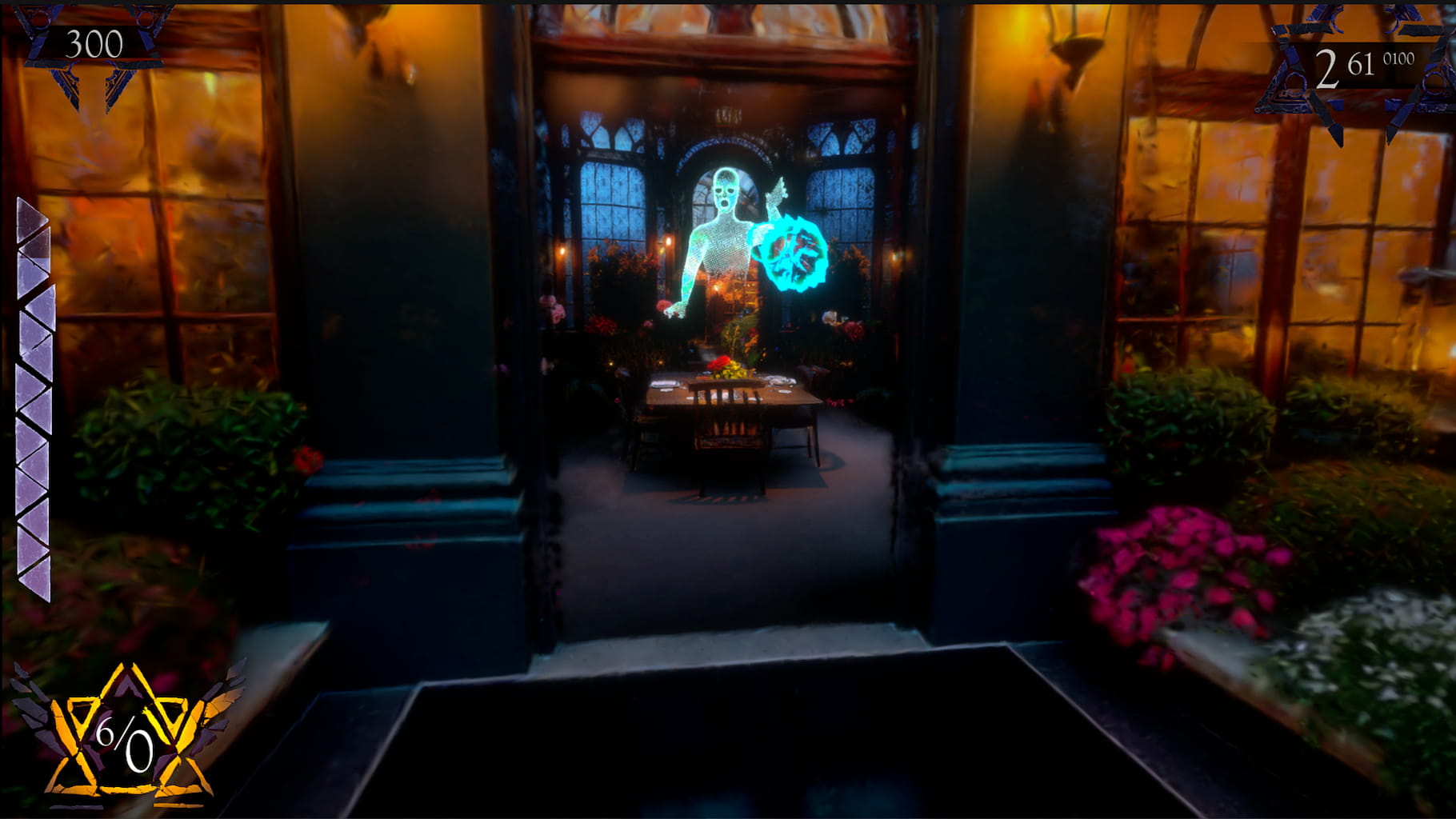
Looking Ahead
Building on this prototype, José is developing larger, more complex projects that treat Marble as a core part of the creative process.
He envisions future workflows where world models and Unreal operate side by side — enabling faster iteration, greater visual consistency, and more freedom for artistic experimentation.
“Marble became a technical collaborator — not a replacement for creativity.”
José Tijerín
For José, Marble represents a bridge between imagination and interaction — where ideas can move from sketch to world in a single creative flow.
Play the full game here: Gaussian Mansion
Read More
Sep 16, 2025
Splat World: Exploring New Dimensions of Gaussian Splatting in VR
How one developer turned Gaussian splats into a new language for building interactive worlds.
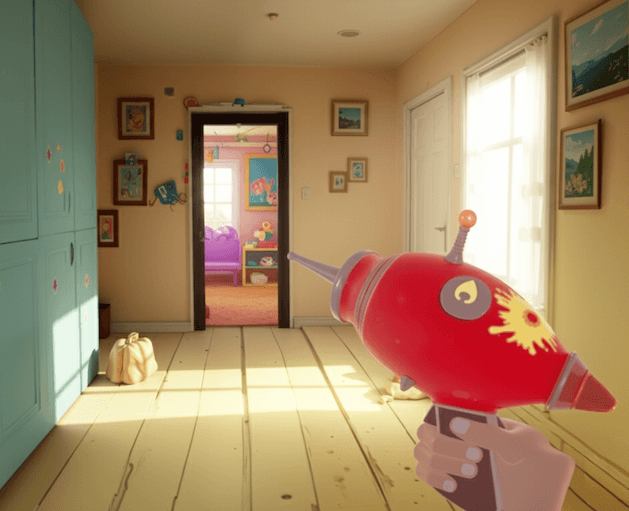
Sep 16, 2025
‘The Shadow of the Czar’: Narrative World-Building with Marble and SparkJS
Go behind-the-scenes with Webby-winning artist and developer James C. Kane during his latest production in collaboration with World Labs
